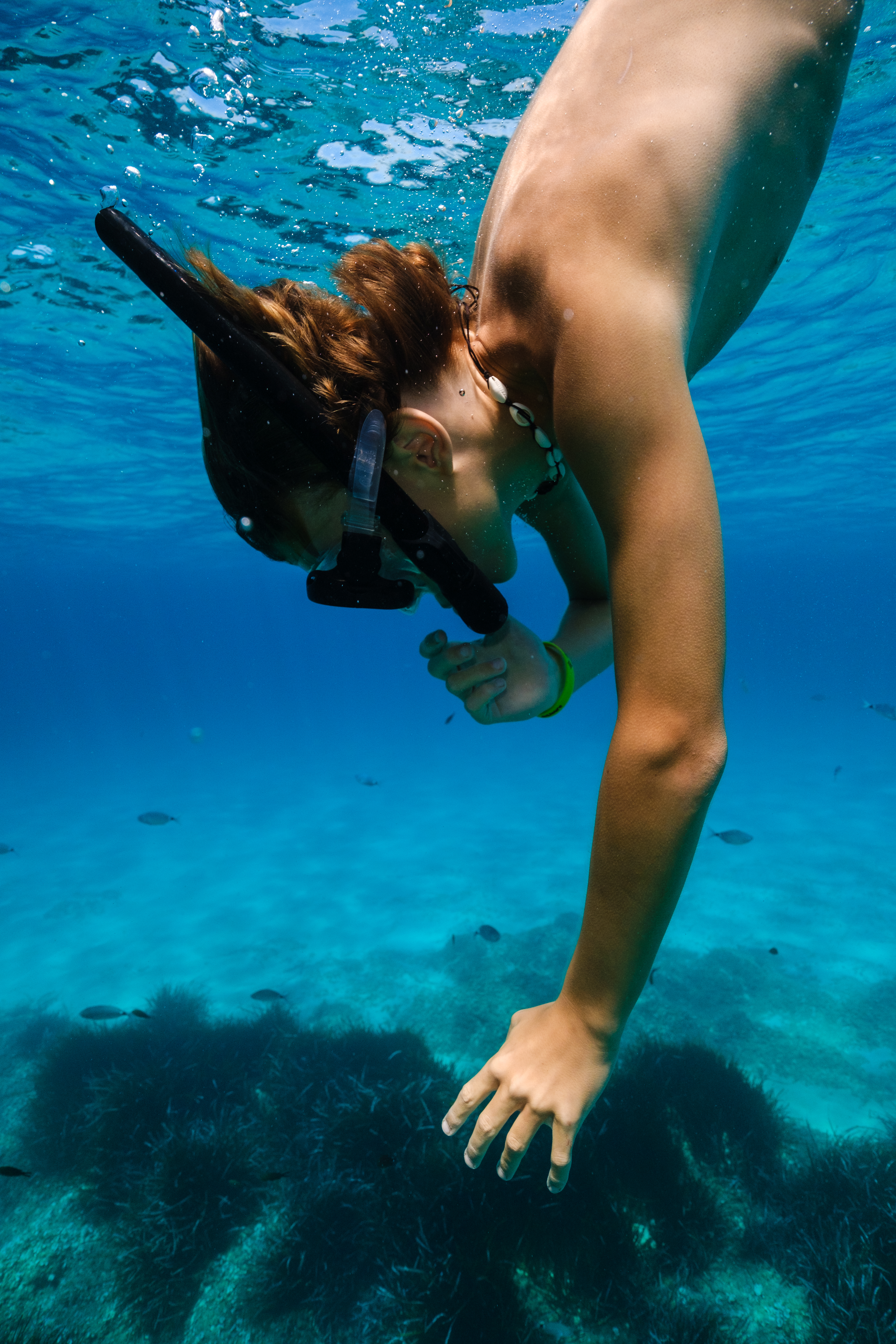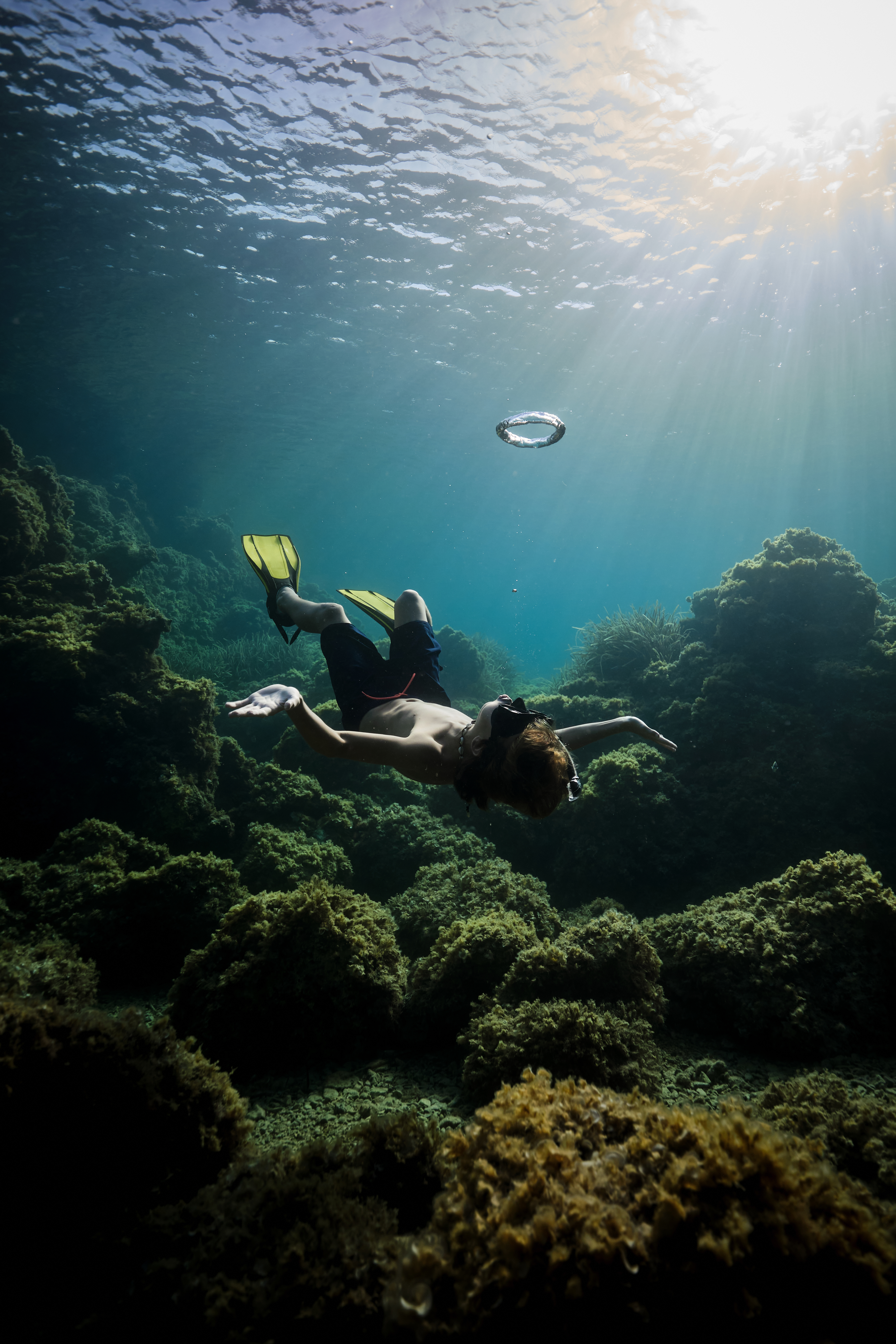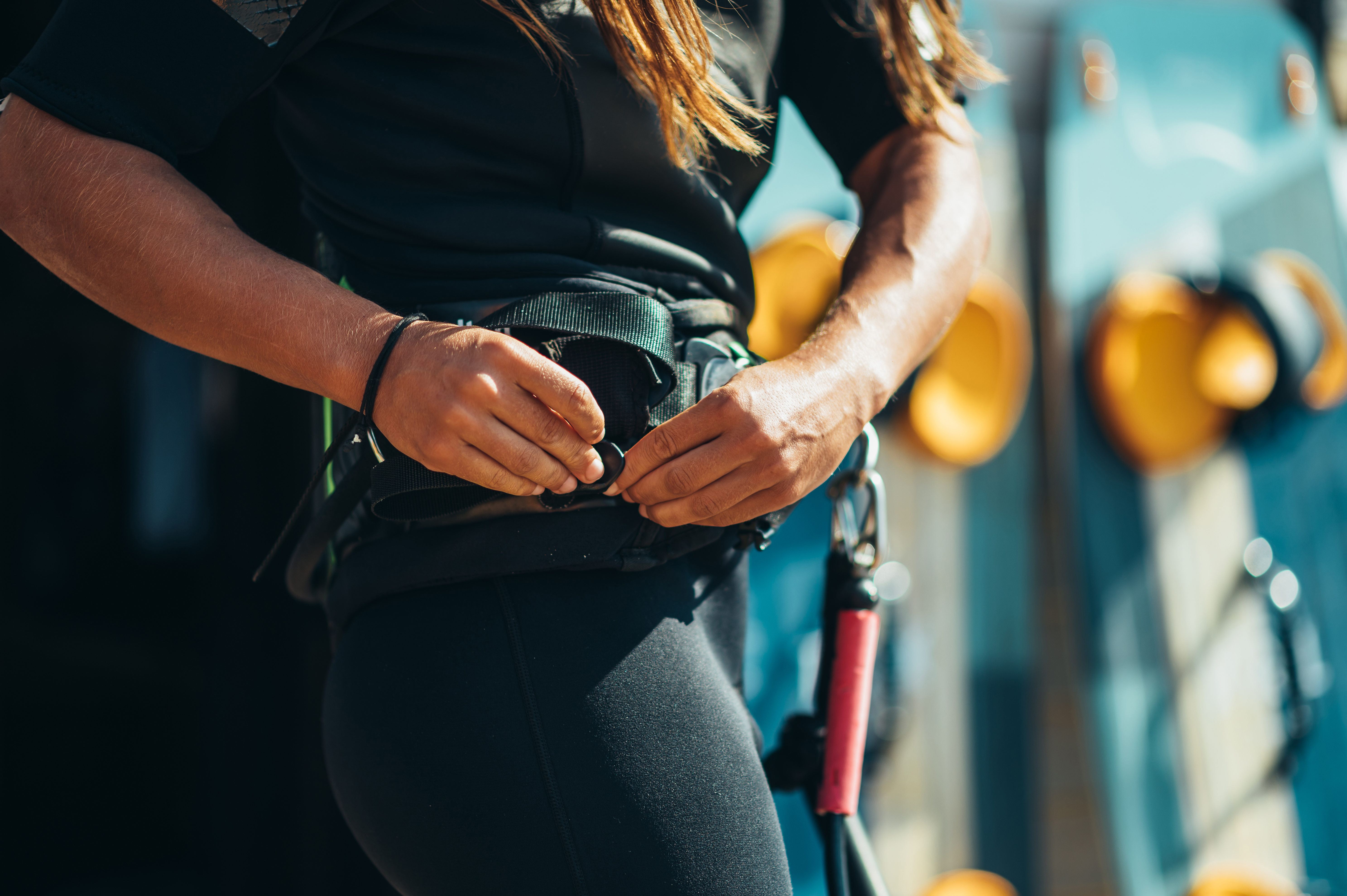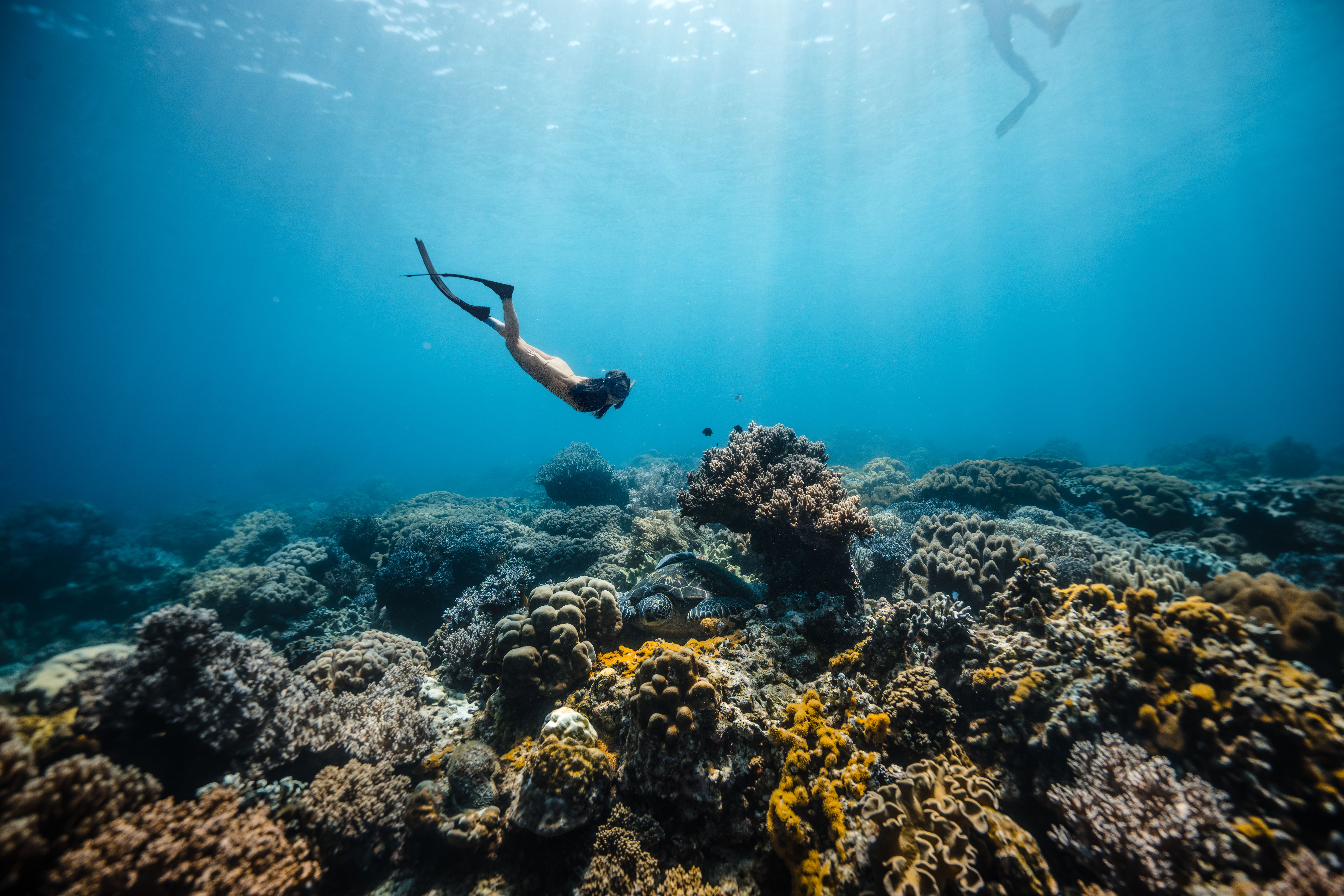Choosing the right weight belt for freediving is crucial for both your performance and safety underwater. A weight belt helps freedivers achieve neutral buoyancy at depth, which conserves energy and oxygen, allowing for longer and more comfortable dives. But with various types of belts, weights, and materials available, how do you select the best one for your needs?
In this guide, we’ll dive into the intricacies of choosing the perfect weight belt for freediving, ensuring you make an informed decision that enhances your underwater adventures.
Understanding the Purpose of Weight Belts in Freediving
Before you begin your search for the right weight belt, it’s essential to understand its purpose. A weight belt for freediving helps to counteract your natural buoyancy, allowing you to descend with less effort. This is particularly important because human bodies are buoyant, especially when wearing a wetsuit.
When properly weighted, a freediver will reach a state of neutral buoyancy at the desired depth, neither sinking nor floating. This balance is critical for safety and efficiency as it allows for better breath-hold performance and a smoother ascent and descent.

Types of Weight Belts for Freediving
Rubber Weight Belts
Rubber weight belts are popular among freedivers due to their flexibility and comfort. They’re designed to stretch slightly under pressure, which helps keep the belt snug against your wetsuit as it compresses at depth. This reduces the likelihood of the belt slipping and ensures that the weights stay in the correct position.
Nylon Weight Belts
Nylon weight belts are another common choice. They are usually more affordable and come with a traditional buckle system. While they don’t offer the same stretch as rubber belts, they are durable and easy to adjust.
Stainless Steel or Plastic Buckles
The buckle on your weight belt is a critical safety feature. Stainless steel buckles are known for their durability and ease of release, even with gloves on. Plastic buckles are lighter and also easy to release but may not be as robust as their stainless steel counterparts.
Selecting the Right Material and Fit
The material of your weight belt not only affects comfort but also performance. A belt that fits well will stay in place, ensuring accurate weighting throughout the dive.
Comfort and Durability
Rubber belts often provide the best comfort and durability, especially in colder water where wetsuits are thicker. They grip the suit and move with your body. Nylon belts are less flexible, but their durability makes them a good choice for warmer waters or for divers who prefer a firmer fit.
Adjustability
A weight belt should be easily adjustable to accommodate changes in wetsuit thickness and diving conditions. Both rubber and nylon belts offer this adjustability, but rubber belts have the added advantage of elasticity, which naturally adjusts to changes in wetsuit compression at depth.

Weight Distribution and Amount
The distribution and amount of weight on your belt are critical to achieving neutral buoyancy. Most freedivers prefer to distribute weight evenly across the belt to maintain balance in the water.
How Much Weight Do You Need?
The amount of weight you need depends on several factors, including body composition, wetsuit thickness, and saltwater vs. freshwater. A common method for determining the right amount is to perform a buoyancy check at the surface. You should float at eye level with a full breath and sink slowly when you exhale.
Type of Weights
Freediving weights are usually made of lead and come in various shapes and sizes, such as blocks or coated weights. Coated weights are less abrasive on wetsuits and more comfortable against the skin if worn without a suit.
Features to Look for in a Weight Belt
When selecting a weight belt, consider the following features for enhanced safety and convenience:
Quick-Release Buckles
A quick-release buckle is a safety must-have. It allows you to drop the weight belt quickly in an emergency, facilitating a rapid ascent to the surface.
D-Rings
Some weight belts come with D-rings, which can be useful for attaching accessories like depth gauges, flashlights, or a dive knife.
Color
Visibility can be important, especially if you’re diving in a group. Brightly colored weight belts increase your visibility to other divers.
Freediving Gear Compatibility
Your weight belt should work harmoniously with the rest of your freediving gear. Ensure that it doesn’t interfere with your range of motion or the fit of your wetsuit.
Wetsuit Thickness
Thicker wetsuits used in colder water will require you to carry more weight to counteract the increased buoyancy. Make sure your belt can accommodate this without becoming uncomfortable.
Range of Motion
A weight belt should not restrict your breathing or movements. During your dive, you need to be able to flex and rotate your body freely.

Maintenance and Care for Your Dive Belt
Proper maintenance and care will extend the life of your weight belt and ensure it remains safe to use.
Cleaning
After each use, rinse your weight belt with fresh water to remove salt, chlorine, or other contaminants. Allow it to dry completely before storing.
Storage
Store your weight belt in a cool, dry place out of direct sunlight. UV exposure can degrade the material over time.
Regular Inspection
Regularly check your weight belt for signs of wear, such as cracks in rubber belts or fraying on nylon belts. Inspect the buckle for corrosion or damage, and replace any component that shows significant wear.
Final Considerations Before Making Your Purchase
Before making your final decision, consider the following:
Comfort
Try on different belts to see which feels most comfortable. A belt that feels good on land might fit differently in the water.
Cost vs. Quality
While cost is a factor, don’t compromise on quality. A reliable weight belt is an investment in your safety.
Reviews and Recommendations
Read reviews and ask for recommendations from experienced freedivers. They can provide valuable insights into the durability and performance of different weight belts.
Shop at Specialized Retailers
Purchase your weight belt from a specialized dive shop or a reputable online retailer that focuses on freediving gear. They can offer expert advice and a wide selection of quality products.
Conclusion
Selecting the right weight belt for freediving is essential for safety, comfort, and performance. Whether you prefer rubber or nylon, make sure the fit is snug and the weights are properly distributed. Always prioritize quality and safety features like quick-release buckles, and take care of your gear to ensure it lasts.
By considering these factors, you’ll be well on your way to choosing a weight belt that complements your freediving experience, allowing you to explore the underwater world with confidence and ease.

